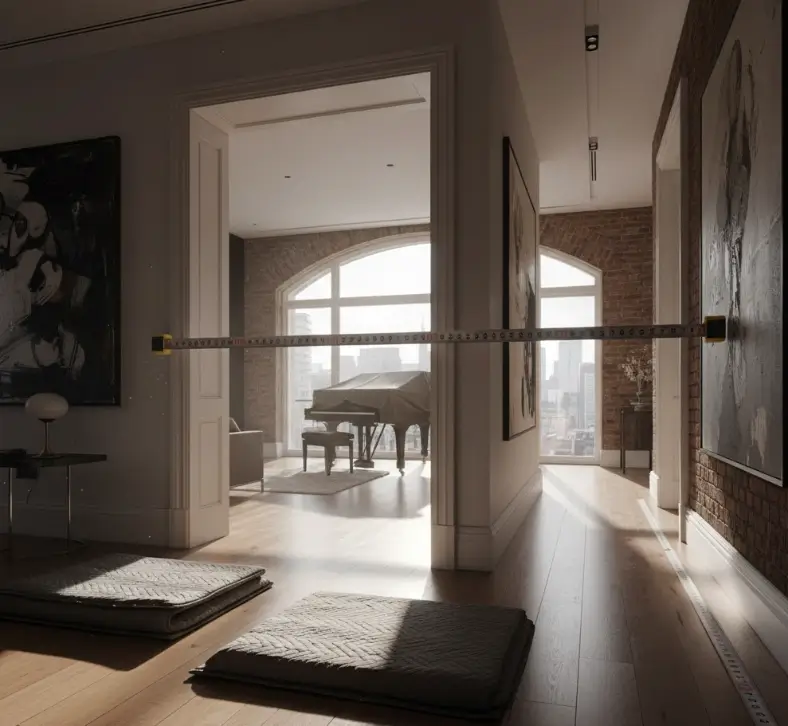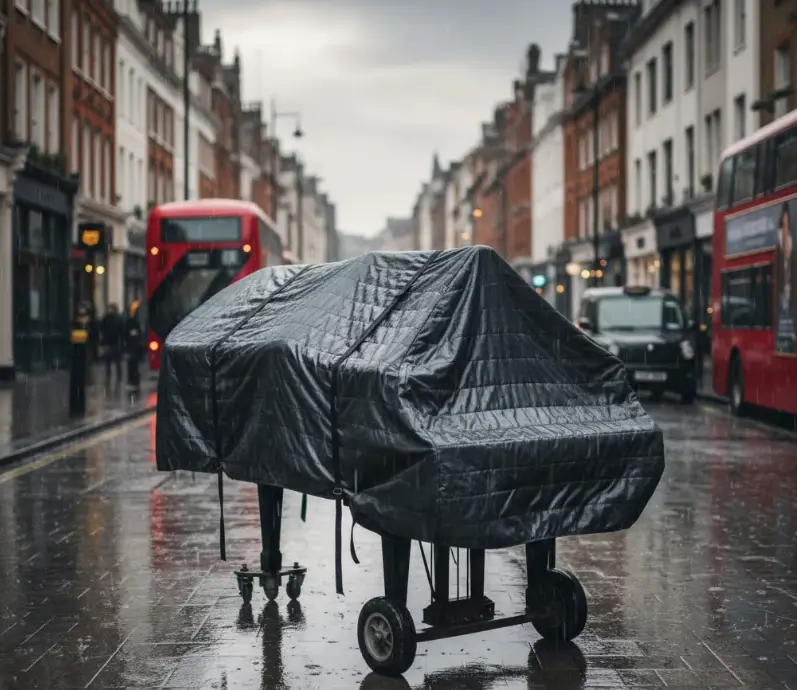Moving a piano is a delicate process — and even after it’s safely delivered, your responsibility doesn’t end there. Whether you’ve just received a grand piano or an upright, following a detailed after piano delivery checklist ensures your instrument stays in perfect condition and performs beautifully for years to come.
At Piano Logistics Transport, we’ve handled thousands of piano moves across London and the UK, and we know exactly what steps owners should take after a piano delivery. Let’s dive into the essential checklist every piano owner should follow.
1. Inspect Your Piano Immediately After Delivery
The first and most important step in your after piano delivery checklist is a thorough inspection. Once our delivery team sets up your piano in the chosen spot, take a few minutes to check for:
- Scratches, dents, or chips on the surface or legs
- Loose pedals or wobbly stands
- Proper placement and balance on the floor
If you notice any issues, report them immediately to your movers. At Piano Logistics Transport, we handle all deliveries with utmost care, but documenting any concern ensures transparency and fast resolution.
2. Allow the Piano to Acclimate to Its New Environment
Pianos are sensitive to temperature and humidity changes, especially after transport across different parts of the UK. Once your piano is in your home, give it at least 48–72 hours to acclimate before tuning or playing extensively.
Sudden environmental changes can cause wood expansion, string tension shifts, or even soundboard cracks.
Tip: Use a hygrometer to monitor the humidity level. Ideally, keep it between 40–50% for consistent sound and structure stability.
3. Place the Piano in the Right Location
Next on the after piano delivery checklist is choosing the perfect location. Avoid placing your piano near:
- Radiators, heating vents, or fireplaces
- Direct sunlight or large windows
- Exterior walls prone to temperature fluctuations
Instead, pick an interior wall with consistent climate control. This will help prevent tuning issues and damage to the piano’s internal parts.
4. Clean and Dust the Piano Properly
After delivery, light cleaning is essential. Avoid using regular household cleaners — they can damage the piano’s finish.
Use a soft microfiber cloth to gently remove any dust or residue that may have settled during transport. For keys, slightly dampen a cloth with water (or a mild soap solution for ivory) and dry immediately.
Never spray water or cleaner directly on the keys or body — always apply it to the cloth first.
5. Schedule a Professional Piano Tuning
Even with the best movers, your piano’s pitch may shift slightly after a move. The next essential step in the after piano delivery checklist is professional tuning.
Wait at least two weeks before scheduling a tuning appointment. This gives the instrument time to settle into its new environment.
Our team at Piano Logistics Transport can recommend certified tuners across London and the UK for reliable post-move servicing.
6. Check the Pedals and Keys
Test every key and pedal after delivery to ensure smooth functionality. Sticky or uneven keys could result from movement during transport, while stiff pedals may indicate minor alignment issues.
A qualified piano technician can quickly fix these problems — don’t force or attempt to repair them yourself, as that can cause further damage.
7. Review and Update Your Piano Insurance
Another key part of your after piano delivery checklist is checking your insurance coverage. If you’ve recently moved to a new home or changed moving companies, update your insurance to include your piano’s current location and value.
At Piano Logistics Transport, we provide insured piano transport across the UK, but ongoing home insurance ensures long-term protection from accidental damage or environmental harm.
8. Maintain the Ideal Room Conditions
Pianos thrive in a stable environment. Use a humidifier or dehumidifier if needed to maintain consistent humidity. Avoid drastic temperature swings — this helps preserve the soundboard, felt, and tuning pins.
For grand pianos, consider a piano cover or humidity control system for added protection, especially in older London homes where insulation may vary.
9. Record and Document Your Piano’s Condition
As a long-term step in your after piano delivery checklist, take high-quality photos of your piano and keep a written record of its condition, brand, and serial number.
This record helps with insurance claims, maintenance schedules, and even resale value in the future.
10. Enjoy Playing — but Gently at First
After delivery, your piano deserves a gentle start. Avoid long, intense playing sessions for the first few days. Gradually increase your practice time as the piano stabilizes to ensure the best performance quality.

Conclusion: Your Piano’s First Few Weeks Matter Most
Following a thorough after piano delivery checklist ensures your instrument remains safe, stable, and ready to fill your home with music for years.
At Piano Logistics Transport, we take pride in offering professional piano moving and delivery services across London and the UK — with precision, care, and full insurance coverage.
For expert help or advice on piano setup, contact us today:
📧 piano.logistics.transport@gmail.com
📞 0207 965 7363
🏠 International House, 12 Constance Street, London E16 2DQ
🌐 https://piano-logistics-transport.co.uk
FAQs About After Piano Delivery Checklist
1. How long should I wait before tuning my piano after delivery?
Wait at least two weeks to let the piano acclimate to its new environment before tuning.
2. Can I play my piano immediately after it’s delivered?
Yes, but play lightly at first. Avoid heavy use until it adjusts to the room’s temperature and humidity.
3. Why does my piano sound slightly off after moving?
Changes in humidity and tension during transport can affect tuning. A post-move tuning will fix it.
4. Should I clean the piano right after delivery?
Yes — but only with a dry or slightly damp microfiber cloth. Avoid harsh chemicals or sprays.
5. Do piano movers also tune the piano?
Typically not. Professional tuners handle tuning, while movers handle transportation and placement.
6. Is piano moving insurance necessary?
Absolutely. It protects you from unexpected damage during or after transport.
7. What’s the ideal humidity level for a piano?
Between 40–50%, maintained consistently to prevent wood swelling or shrinkage.
8. Can I move my piano myself next time?
It’s risky — always use professional movers like Piano Logistics Transport to avoid damage.
9. What if I notice small cracks or noise after delivery?
Contact a piano technician. Minor adjustments may be needed after a move.
10. Does location within the room affect piano sound?
Yes, placing it away from walls or corners can improve sound projection and resonance.
✅ For: https://piano-logistics-transport.co.uk
📧 piano.logistics.transport@gmail.com
📞 0207 965 7363
Facebook:
🏠 International House, 12 Constance Street, London E16 2DQ




